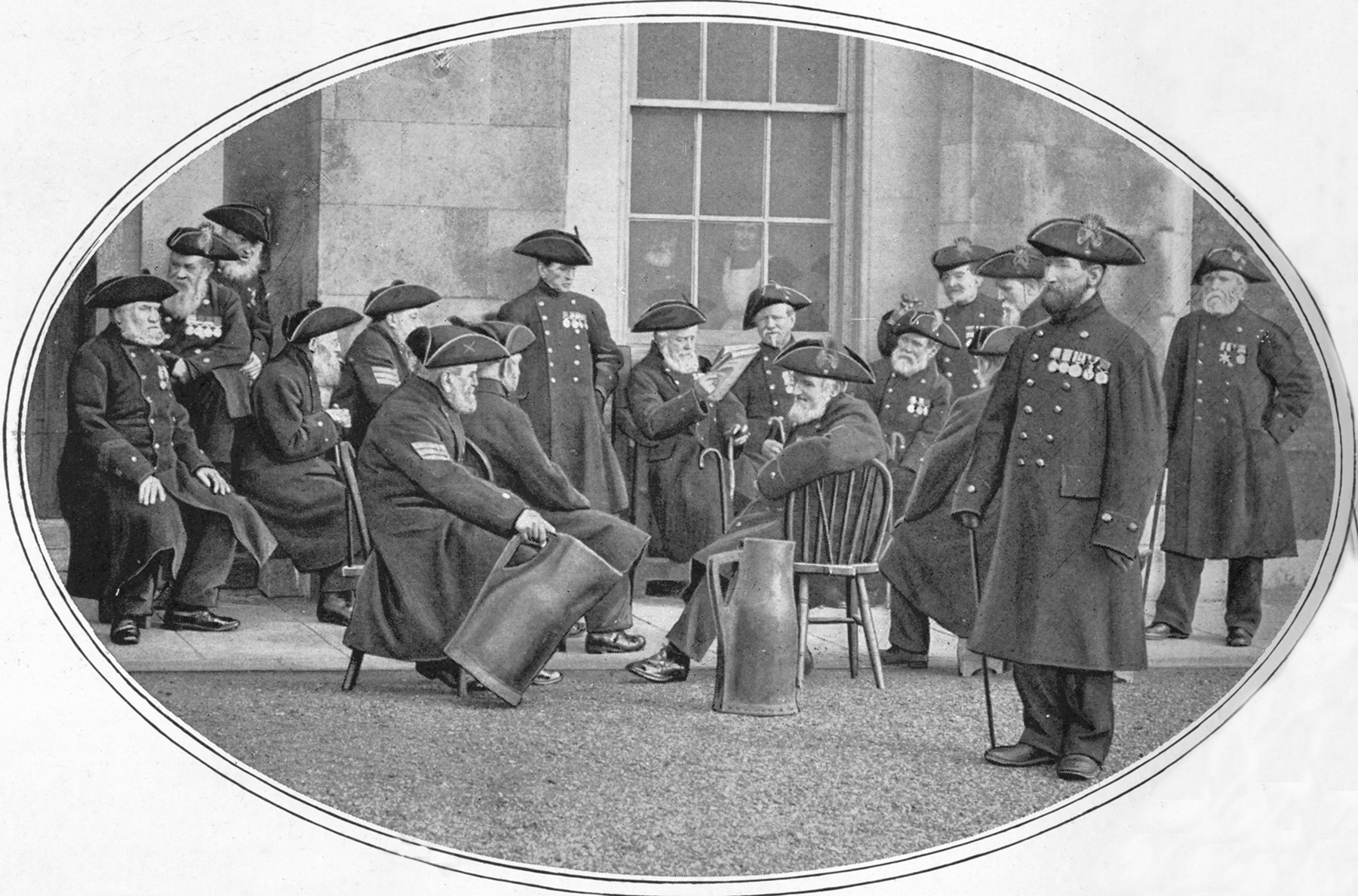Beer rations
In the early days of the Royal Hospital, when beer was the staple drink, Chelsea Pensioners enjoyed a plentiful daily allowance of 2 quarts (4 pints). According to records from 1691, the Hospital had a contract with Mr John England to supply Guyle Beer, stipulating that a six-week supply should be kept on the premises; this was more than 300 barrels.
Tea replaced some of the beer in 1850. The allowance was now 1 pint a day, but residents were allowed to swap that for 2oz of tobacco.
Drunk and disorderly
By the early 1700s, the beer cellar had become ‘a Tipling House for all comers and goers’ – in other words the Pensioners were treating it like a pub. The Royal Hospital Commissioners felt something had to be done.
‘Music, singing or smoking in any of the Cellars’ was forbidden during ‘Divine Service’ as the Chapel was immediately overhead. ‘Admitting or selling liquor to strangers’ was also banned.
The cellar was still a popular haunt in the 1950s. There is a cautionary tale of two Chelsea Pensioners being helped back to the Hospital by the police after a night out. They ended up enjoying a nightcap - or perhaps a breakfast aperitif – in the early hours. Out of hours access to the beer cellar was restricted after this incident.
Bombards
Dating from the 16th century, the ‘bombard’ was probably named after a bulky contemporary cannon of the same name and similar shape. Regarded as, ‘The King’ of old vessels, they were also known as ‘black jacks’ which was a generic name for leather pots of this kind.

The Royal Hospital bombards were used to convey beer from the cellar to the Great Hall. They required constant attention, and a leather worker was employed under contract at £8 per annum. Made from stitched leather pieces and lined with pitch, the process of repair was described as ‘washing, mending, liquoring, pitching, and painting’.
In 1699, a Bombard cost eleven shillings, but archival records show that in 1756, the Royal Hospital paid as much as five Guineas for one. The last bombards were purchased in 1842 and eventually phased out by the end of the 19th century.